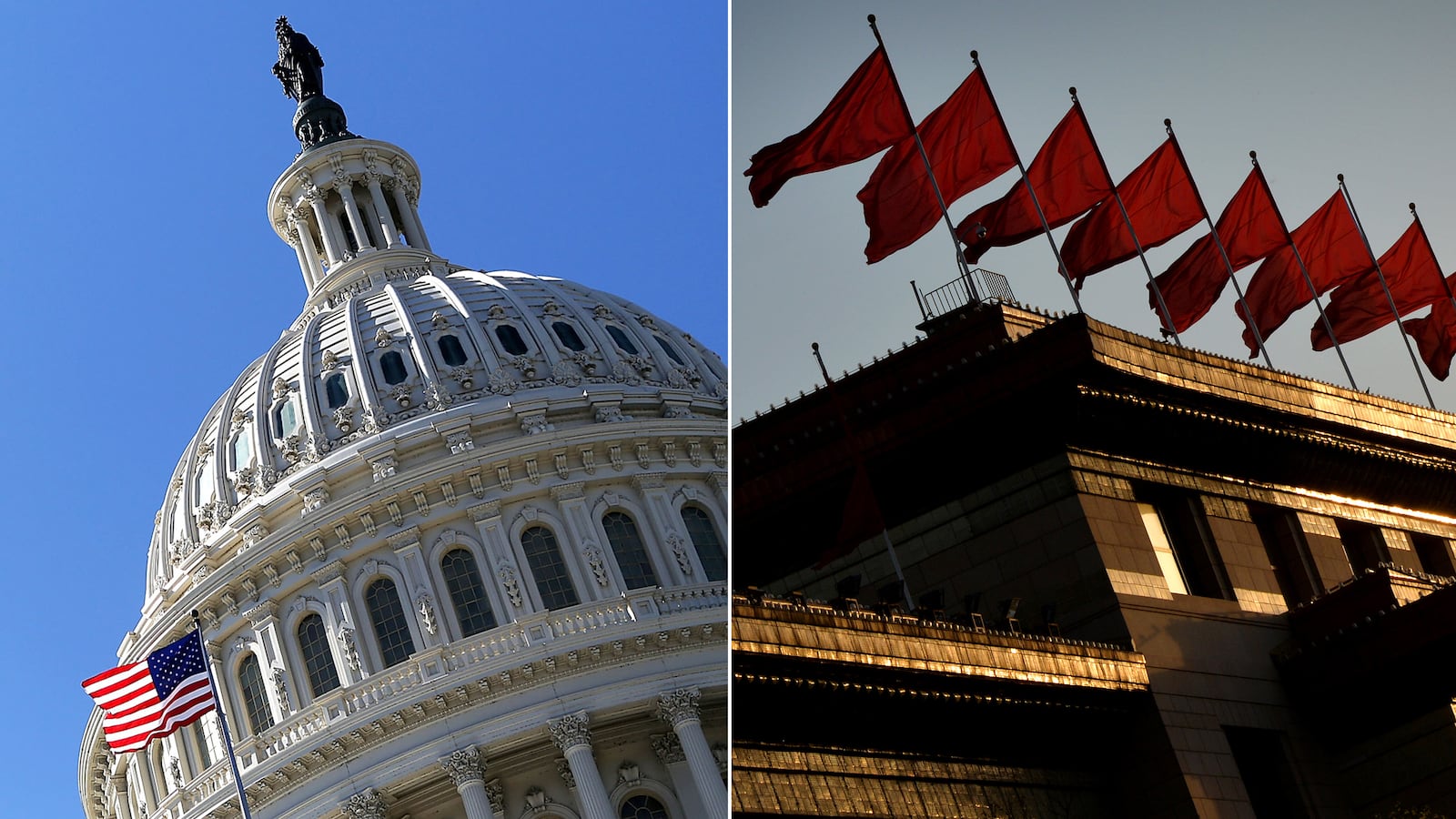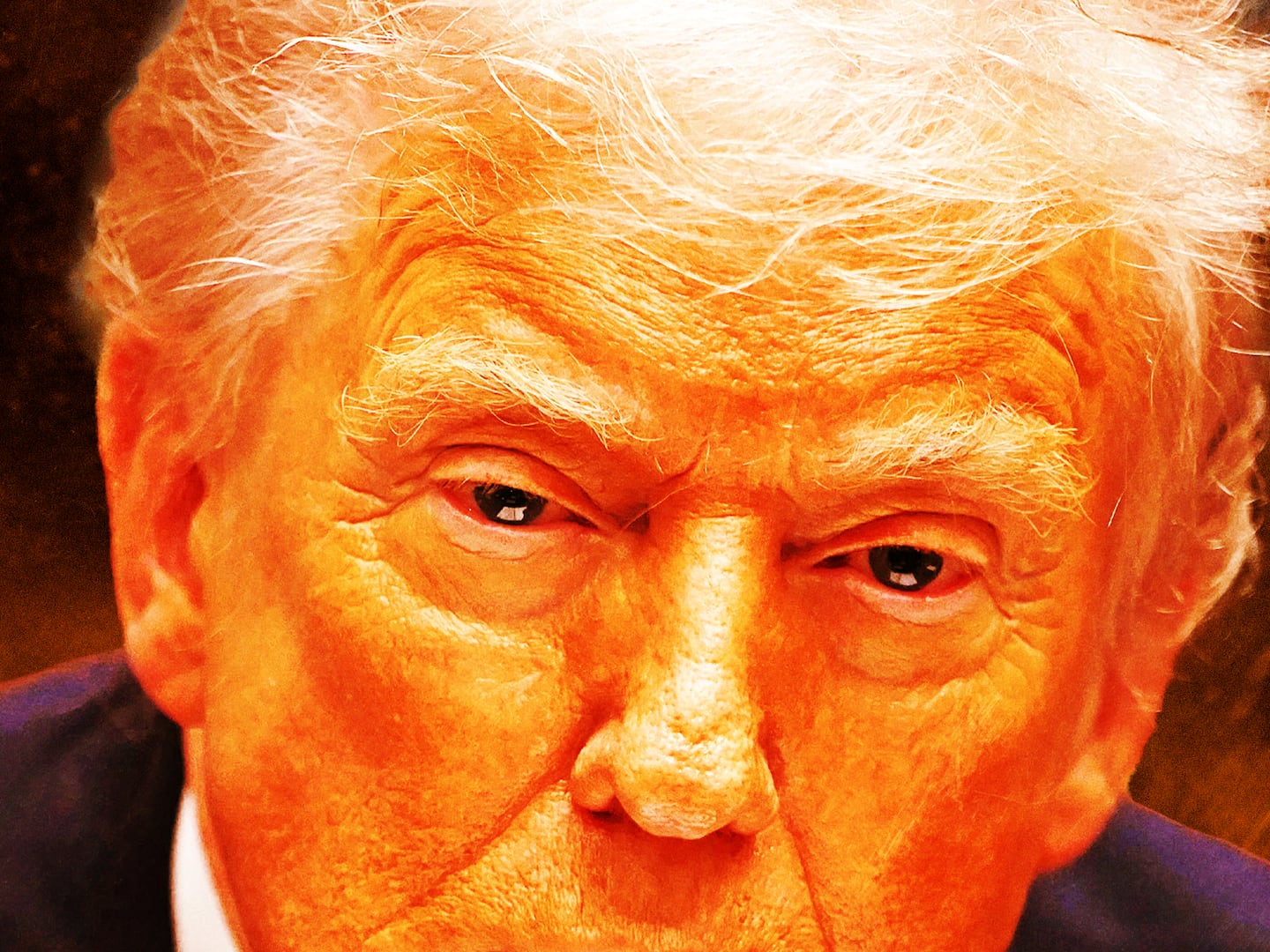As summer ends, and investors and policymakers look ahead, the American economy faces a range of downside risks. Most of these risks are what economists call “exogenous,” which is a fancy way of saying that they come from sources outside the economy itself. Left to itself, the economy appears set to maintain its current path of moderate growth. Gross domestic product grew at a 1.8 percent rate in the first quarter of this year followed by 2.5 percent growth in the second quarter, with no signs of the bracing job and income gains Americans remember from the 1980s and 1990s. But this may be as good as it gets. The fundamental internals, while not great, are decent. Now, however, outside forces pose the biggest threat. And the two largest threats come from Washington, D.C., and Beijing.

The most clear and present threat to growth lies in the looming fight over the debt ceiling. After a reprieve over the spring and summer, debt-ceiling brinksmanship is about to resume. The Treasury Department is poised to reach the limit of debt issuance in October. It has to be said how truly foolish and irrational it is that this matter should pose any risk to our economic security. But the Republican Party is caught in an internal power struggle that could well result in Congress suspending the Treasury’s legal authority to issue bonds to finance debts already accrued by the current and previous Congresses. That would constitute a technical default by the United States—and that would trigger an unprecedented slump in the value of all U.S. Treasury securities, until now the world’s most secure and stable financial instrument.
Interest rates on those securities would shoot up, and we would see a chaotic sell-off in U.S. and global bond markets followed by a sharp economic slowdown and a precipitous nosedive in stock markets. It would all unfold like a bitter divorce, where one spouse spitefully engineers a collapse of the marital assets heedless of how it will affect their children (in this scenario, you and I are the children). Of course, a debt-ceiling debacle is not inevitable. Once the debt-limit debate has produced some fiery political theater, the grown-ups in the GOP leadership and wealthy donors who underwrite most Republican campaigns may yet bring their party’s radicals to heel.
Most bond and stock traders expect that outcome. These days, they’re worrying more about another source of disruption from Washington: the Federal Reserve. The trillion-dollar question for big finance is when and by how much the Fed will step on Wall Street’s near-zero interest rates by “tapering” the Fed’s current quantitative easing program, QE3. The path of QE3 has even become an issue in the contest to succeed Fed chair Ben Bernanke. While vice chair Janet Yellen believes that but for QE3 the economy would be weaker, Larry Summers, the former Treasury secretary widely seen as Obama’s preferred choice to head the Fed, has said the program doesn’t make much difference anyway. The implication is that Summers sees less risk in rapid tapering. And that may be why, according to a recent survey, most Wall Street traders prefer Yellen, despite Summers’s lucrative stints as a Wall Street adviser. While all of this makes for diverting debates on cable TV, the truth is that QE3 policy probably poses little risk to the U.S. economy. If interest rates jump in response to Fed tapering, whoever chairs the Fed will slow or suspend it.
Which leaves us with the risks coming out of foreign capitals. Two regions (the Middle East and Europe) and one country (China) have the economic heft to materially affect the path of the American economy. In the Middle East, the immediate economic issue for the president is whether his coming response to Bashar al-Assad’s crimes could trigger some series of events that ultimately affect the flow of oil from the region, driving up energy prices everywhere.
Europe seems even less likely to disturb our recovery, especially as compared to a year ago, when investors’ confidence in the ability of Greece, Italy, Spain, and Portugal to finance their sovereign debts nearly collapsed. A European sovereign-debt crisis could still bring down the Continent’s largest banks and plunge all of us into a deep recession. But for now, Mario Draghi, who heads up the European Central Bank (ECB), has persuaded Germany’s Angela Merkel to muzzle her qualms about large-scale ECB interventions to head off a euro-zone meltdown.
The possibility of a different sort of debt crisis has also appeared in China. Since 2008, public and private debt in China has shot up from 130 percent of GDP to 200 percent, even as the country’s GDP has expanded nearly two thirds. Over this brief period, corporate debt nearly doubled and household debt tripled. Worse still, in the face of these skyrocketing debts, overall growth, the returns that Chinese companies earn on assets they borrowed to finance, and Chinese wages all have slowed sharply. Already, many companies now pay their suppliers with six-month promissory notes, producing cash crunches for their own suppliers and workers. Many large banks are also writing down large numbers of nonperforming loans. And as banks pull back, interest rates have risen, increasing the debt loads of firms and households, and forcing thousands of companies to downsize.
The Financial Times observed recently that “such a rapid increase in borrowing has historically led to crises in countries from Argentina to South Korea.” Some experts dismiss this prospect, pointing to China’s stringent capital controls to prevent large-scale capital flight and Beijing’s strict management on the value of the currency. But markets that lose confidence find ways to subvert such controls, for example through bank runs, accelerating inflation, and sharp drops in foreign investment. So, even if China can sidestep a full-blown credit crisis, it cannot escape much slower growth while the government and domestic firms unwind the excess debt. And that will mean slower growth in many countries that depend on rising exports to China—starting with Japan, South Korea, Taiwan, Australia, and Chile—as well as here at home, in states such as California, Texas, Washington, Illinois, and New York.
Happy fall!






